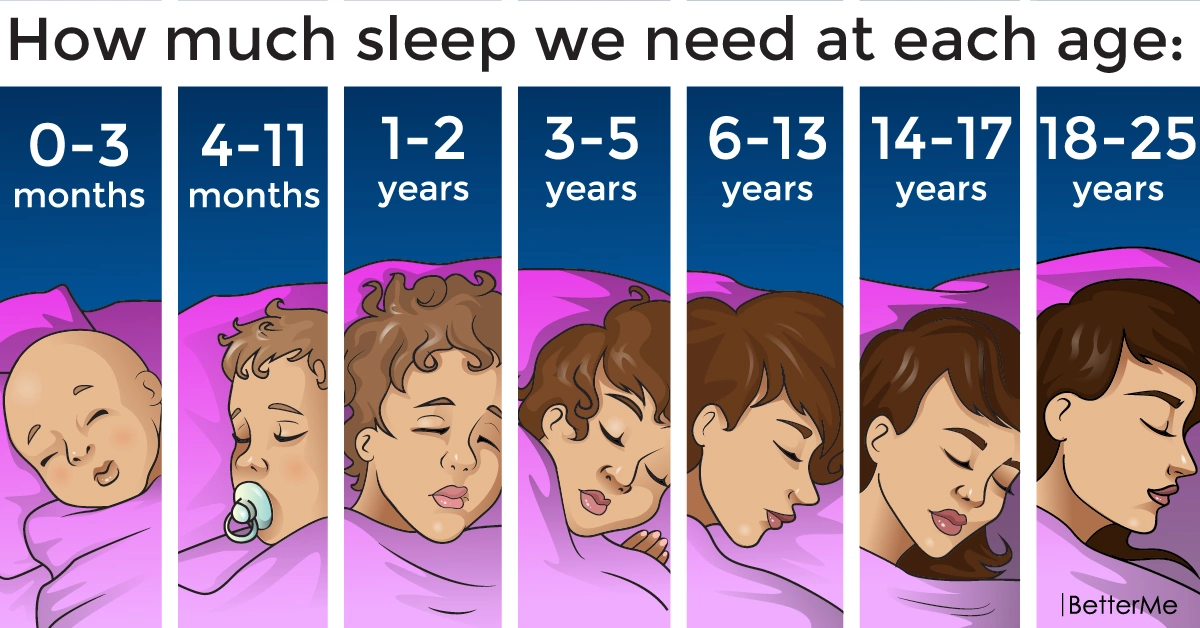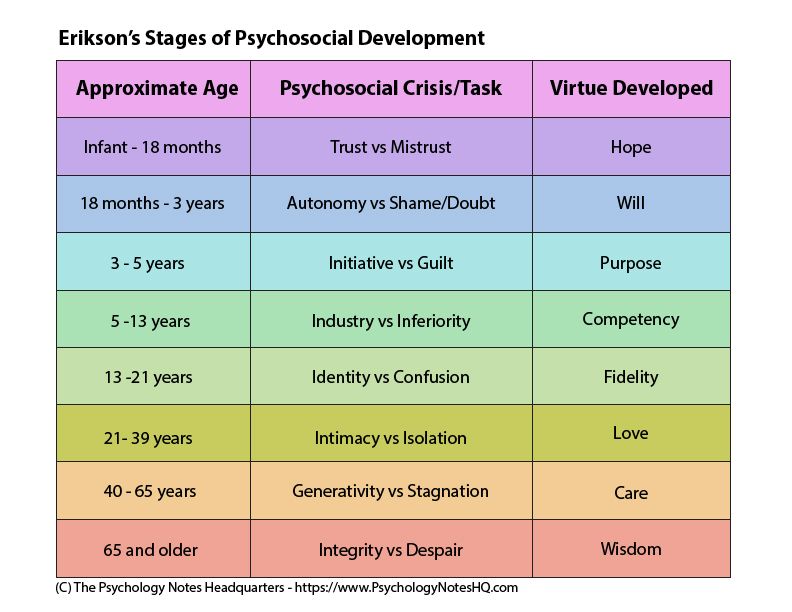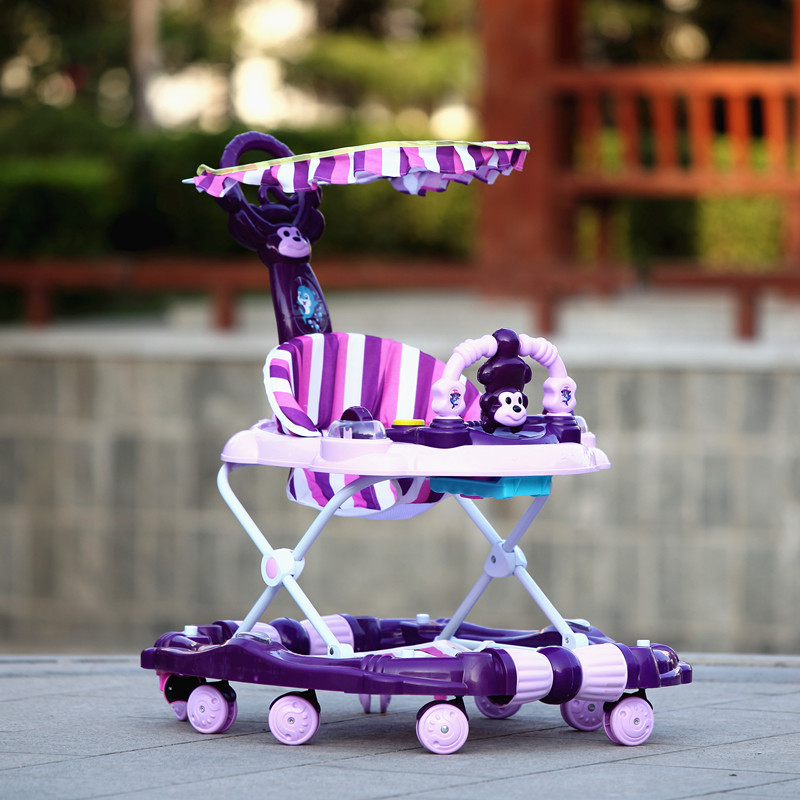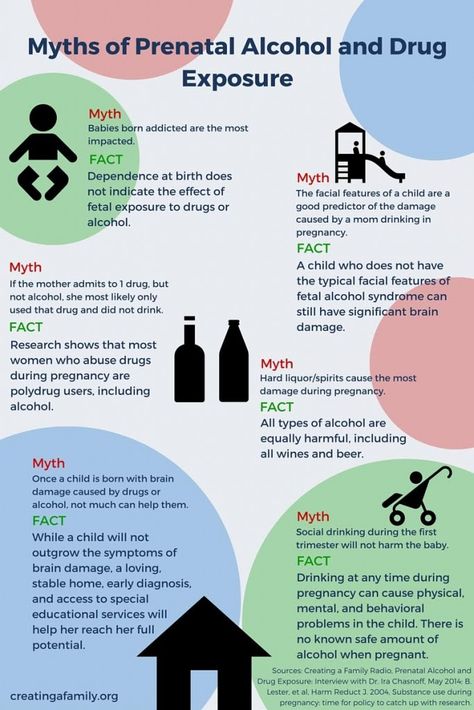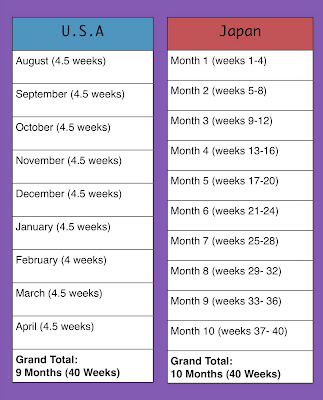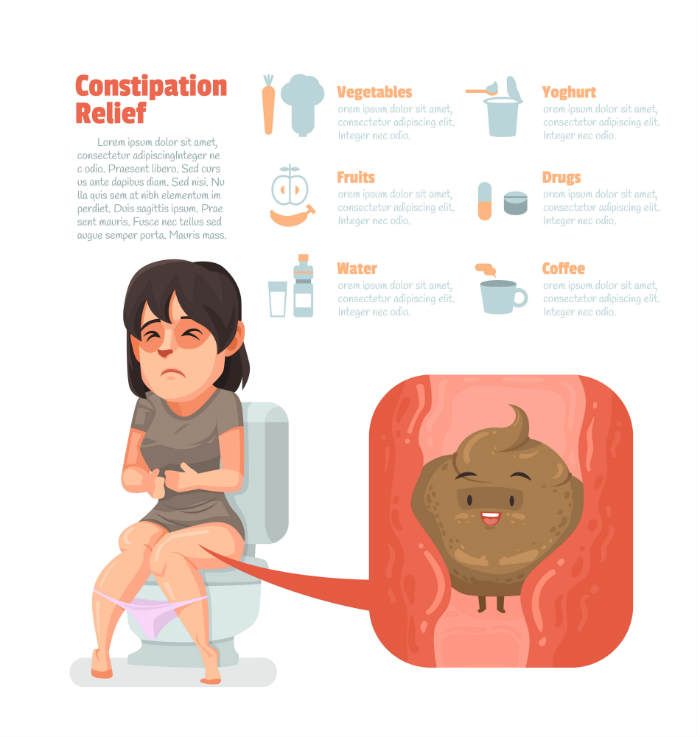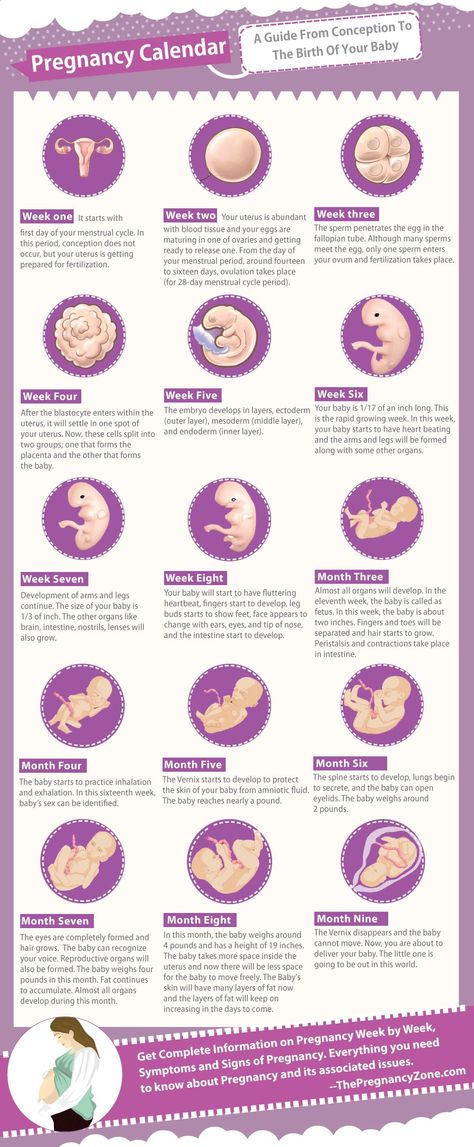Duration of contractions
Contractions and signs of labor
Learning the signs of labor before your due date can help you feel ready for your baby’s birth.
Signs of labor include strong and regular contractions, pain in your belly and lower back, a bloody mucus discharge and your water breaking.
If you think you’re in labor, call your health care provider.
Not all contractions mean you're in true labor. Learning the difference between true and false labor can help you know when it’s the real thing.
What is labor?
Labor (also called childbirth) is the process of your baby leaving the uterus (womb). You’re in labor when you have regular contractions that cause your cervix to change. Contractions are when the muscles of your uterus get tight and then relax. Contractions help push your baby out of your uterus. Your cervix is the opening to the uterus that sits at the top of the vagina. When labor starts, your cervix dilates (opens up).
As you get closer to your due date, learning the signs of labor can help you feel ready for labor and birth. If you have any signs of labor, call your health care provider.
What are the signs of labor?
You know you’re in true labor when:
- You have strong and regular contractions. A contraction is when the muscles of your uterus tighten up like a fist and then relax. Contractions help push your baby out. When you’re in true labor, your contractions last about 30 to 70 seconds and come about 5 to 10 minutes apart. They’re so strong that you can’t walk or talk during them. They get stronger and closer together over time.
- You feel pain in your belly and lower back. This pain doesn't go away when you move or change positions.
- You have an increase in vaginal discharge that can be clear, pink or slightly bloody (brownish or reddish). This is called bloody show. It can happen a few days before labor or at the beginning of labor.
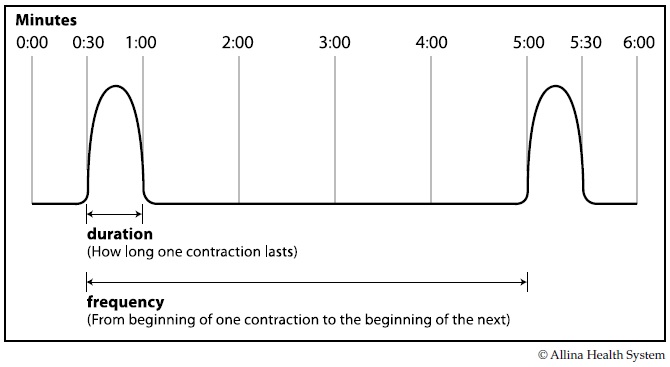 If you have bright red bleeding or if the bleeding is heavy, tell your provider right away.
If you have bright red bleeding or if the bleeding is heavy, tell your provider right away. - Your water breaks. Your baby has been growing in amniotic fluid (the bag of waters) in your uterus. When the bag of waters breaks, you may feel a big rush of water. Or you may feel just a trickle.
If you think you’re in labor, call your health care provider, no matter what time of day or night. Your provider can tell you if it’s time to head for the hospital. To see for sure that you’re in labor, your health care provider measures your cervix.
What are signs that you may be close to starting labor?
You may be close to starting labor if:
- Your baby drops or moves lower into your pelvis. This is called lightening. It means that your baby is getting ready to move into position for birth. It can happen a few weeks or even just a few hours before your labor begins.
- You have an increase in vaginal discharge that’s clear, pink or slightly bloody.
 This is called show or bloody show. It can happen a few days before labor starts or at the beginning of labor.
This is called show or bloody show. It can happen a few days before labor starts or at the beginning of labor. - At a prenatal checkup, your health care provider tells you that your cervix has begun to efface (thin) and dilate (open). Before labor, your cervix is about 3.5 to 4 centimeters long. When it’s fully dilated (open) for labor, it’s 10 centimeters. Once labor starts, contractions help open your cervix.
- You have the nesting instinct. This is when you want to get things organized in your home to get ready for your baby. You may want to do things like cook meals or get the baby’s clothes and room ready. Doing these things is fine as long as you’re careful not to overdo it. You need your energy for labor and birth.
If you have any of these signs, you may start labor soon. Learn the signs of labor so you know when to call your provider.
What are false labor and Braxton-Hicks contractions?
Not all contractions mean you’re in labor.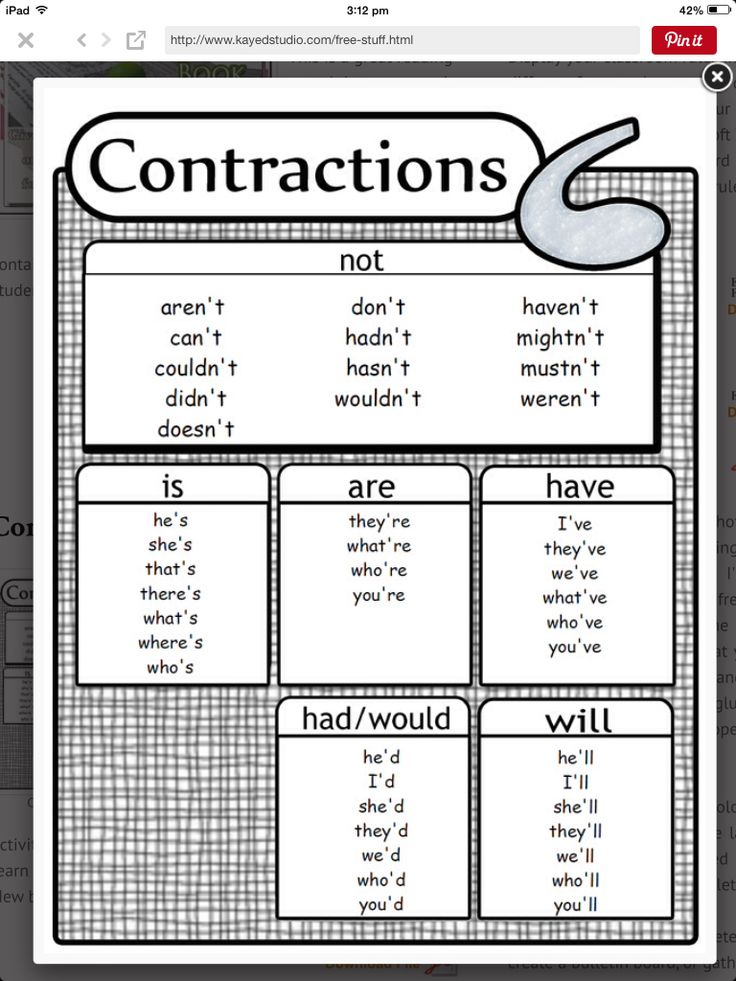 You may have contractions on and off before true labor starts. These contractions are called false labor or Braxton-Hicks contractions. They soften and thin the cervix to help your body get ready for labor and birth. You may feel them in the weeks right before your due date. Learning the differences between true labor contractions and false labor contractions can help you know when you’re really in labor.
You may have contractions on and off before true labor starts. These contractions are called false labor or Braxton-Hicks contractions. They soften and thin the cervix to help your body get ready for labor and birth. You may feel them in the weeks right before your due date. Learning the differences between true labor contractions and false labor contractions can help you know when you’re really in labor.
It can be hard to tell the difference between true labor and false labor. When you first feel contractions, time them. Write down how much time it takes from the start of one contraction to the start of the next. Make a note of how strong the contractions feel. Keep a record of your contractions for 1 hour. Walk or move around to see if the contractions stop when you change positions.
What is preterm labor?
Preterm labor is labor that begins too early, before 37 weeks of pregnancy. Premature babies (born before 37 weeks of pregnancy) can have health problems at birth and later in life. If you’re not to 37 weeks of pregnancy and you have signs or symptoms of preterm labor, call your provider. Getting help quickly is the best thing you can do. Learn about risk factors for preterm labor and what you can do to help reduce your risk.
If you’re not to 37 weeks of pregnancy and you have signs or symptoms of preterm labor, call your provider. Getting help quickly is the best thing you can do. Learn about risk factors for preterm labor and what you can do to help reduce your risk.
What are stages of labor?
Stages of labor include the whole process of labor, from your first contractions (stage 1) to pushing (stage 2) to delivery of the placenta (stage 3) after your baby is born. Learning about the stages of labor can help you know what to expect during labor and birth.
Last reviewed: December, 2018
Stages of labor | March of Dimes
Every woman’s labor is different. And it may be different each time you have a baby.
Learning about stages of labor before your due date can help you know what to expect so you can feel ready for your baby’s birth.
Use a birth plan so your health care provider and hospital staff know what your plans are for labor and after birth.
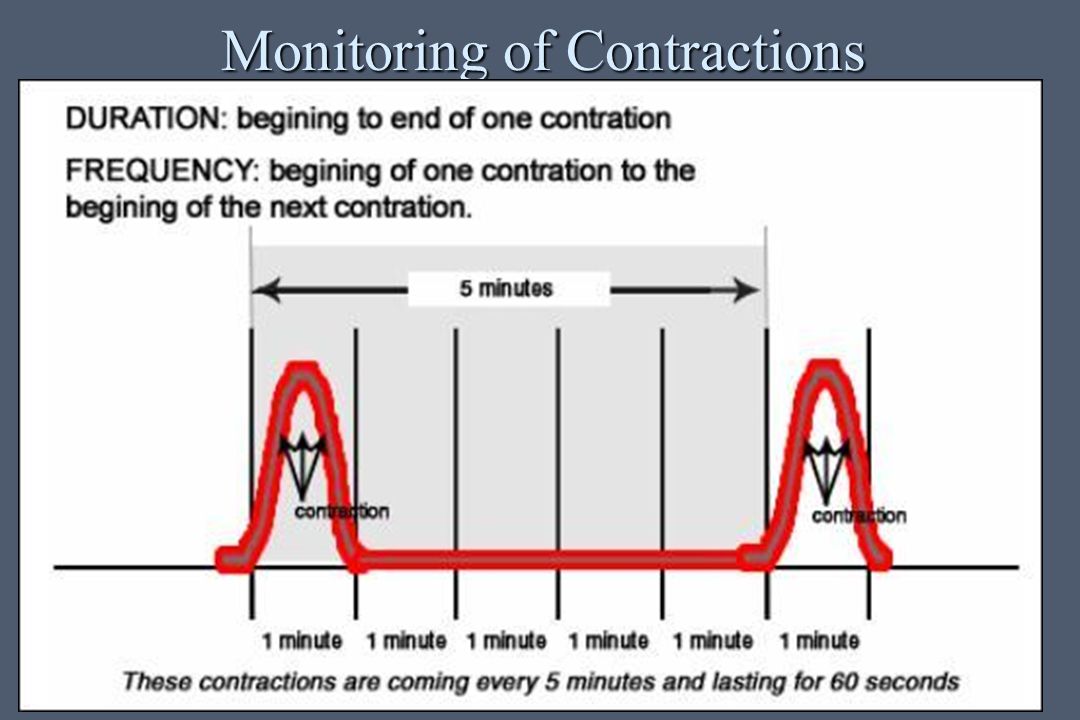
Having a professional support person, like a doula, during labor can help you have a better experience with labor and birth.
Try to stay comfortable and relaxed through labor. Move around and try different positions to find what works best for you.
What are stages of labor?
Labor (also called childbirth) is the process of your baby leaving the uterus (womb). Labor is divided into three stages:
- Labor
- Pushing and birth
- Delivery of the placenta
Every woman’s labor is different. And your labor may be different each time you have a baby. But there are patterns to labor that are true for most women. Learning about the stages of labor and what happens during each one can help you know what to expect once labor begins.
What is a birth plan?
A birth plan is a set of instructions you make about your baby’s birth. It includes things like:
- Where you want to have your baby
- Who you want to be with you during labor and birth
- If you want medicine to help with labor pain
- If there are cultural traditions you’d like to follow during labor and birth
- If you plan to breastfeed
Before your due date, use the March of Dimes birth plan to help you think about how you want your labor to be. Share the completed plan with your partner, your health care provider and the staff at the hospital where you plan to give birth.
Share the completed plan with your partner, your health care provider and the staff at the hospital where you plan to give birth.
What is a doula?
You may want to have a professional support person help you through labor and childbirth. A doula is a professional labor assistant. This is someone who is trained to give physical and emotional care and support to women and their families before, during and after childbirth. For example, a doula can:
- Help you stay comfortable
- Explain what’s happening during labor and birth and any procedures you may have
- Encourage you and give you confidence
- Support your family and friends who are with you during labor
- Let hospital staff know what you need
- Help you get started breastfeeding
Having a support person like a doula can be good for you, your baby and your family. It can help you feel good about your birth experience. Having a doula can help:
- Shorten your labor
- Reduce your need for pain medicine during labor
- Reduce your risk of needing a cesarean birth or the need for your provider to use forceps or suction with a vaginal birth
- Your baby get a good Apgar score at birth.
 Your baby gets an Apgar test right after birth to check his overall health. The test checks his heart rate, breathing, muscle tone, reflexes and skin color.
Your baby gets an Apgar test right after birth to check his overall health. The test checks his heart rate, breathing, muscle tone, reflexes and skin color.
To find a certified doula, ask your provider or go to DONA International.
You also may want to have your partner, a friend or a family member be a support person to help you through labor. They can go to childbirth education classes with you to learn ways to help, like timing your contractions, helping you relax and helping you move around to find a comfortable position. Ask your provider about childbirth education classes in your area.
If you decide to have a doula or another support person help you with labor and birth, put their names and contact information in your birth plan. Share your plan with your provider and with hospital staff.
What happens in the first stage of labor?
The first stage of labor is the longest stage. For first-time moms, it can last from 12 to 19 hours.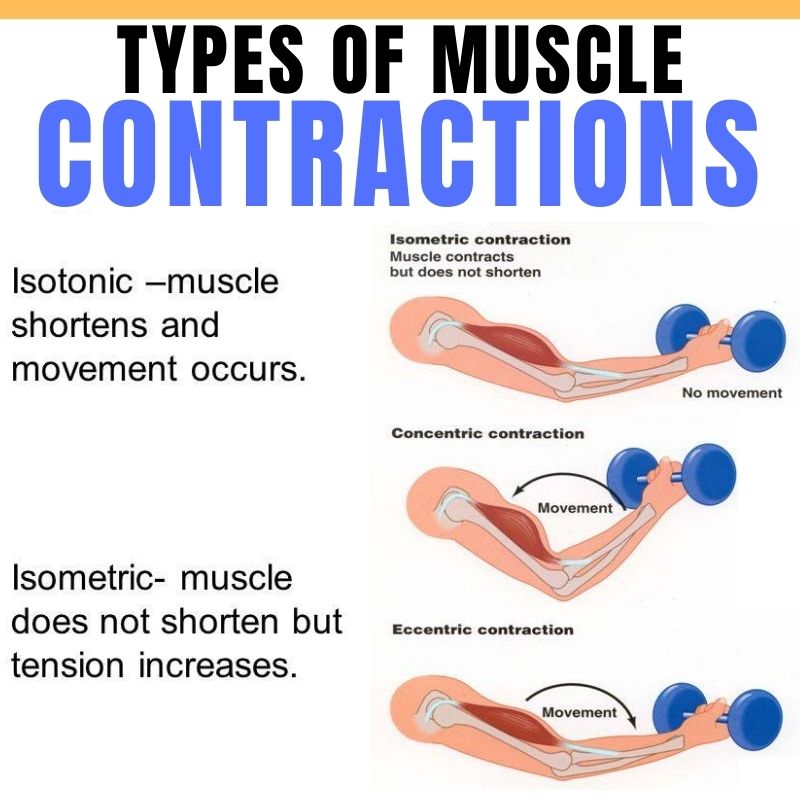 It may be shorter (about 14 hours) for moms who’ve already had children. It’s when contractions become strong and regular enough to cause your cervix to dilate (open) and thin out (efface). This lets your baby move lower into your pelvis and into your birth canal (vagina). This stage of labor ends when you are 10 centimeters dilated. The first stage is divided into three parts: early labor, active labor and transition to stage 2 of labor.
It may be shorter (about 14 hours) for moms who’ve already had children. It’s when contractions become strong and regular enough to cause your cervix to dilate (open) and thin out (efface). This lets your baby move lower into your pelvis and into your birth canal (vagina). This stage of labor ends when you are 10 centimeters dilated. The first stage is divided into three parts: early labor, active labor and transition to stage 2 of labor.
Early labor
For most first-time moms, early labor lasts about 6 to 12 hours. You can spend this time at home or wherever you’re most comfortable. During early labor:
- You may feel mild contractions that come every 5 to 15 minutes and last 60 to 90 seconds.
- You may have a bloody show. This is a pink, red or bloody vaginal discharge. If you have heavy bleeding or bleeding like your period, call your provider right away.
What you can do in early labor:
This is a great time for you to rely on your doula or labor support person. Try the methods you learned about in childbirth education classes about how to relax and cope with pain. During early labor:
Try the methods you learned about in childbirth education classes about how to relax and cope with pain. During early labor:
- Rest and relax as much as you can.
- Take a shower or bath.
- Go for a walk.
- Change positions often.
- Make sure you’re ready to go to the hospital.
- Take slow, relaxing breaths during contractions.
Active labor
This is when you head to the hospital! Active labor usually lasts about 4 to 8 hours. It starts when your contractions are regular and your cervix has dilated to 6 centimeters. In active labor:
- Your contractions get stronger, longer and more painful. Each lasts about 45 seconds and they can be as close as 3 minutes apart.
- You may feel pressure in your lower back, and your legs may cramp.
- You may feel the urge to push.
- Your cervix will dilate up to 10 centimeters.
- If your water hasn’t broken, it may break now.
- You may feel sick to your stomach.
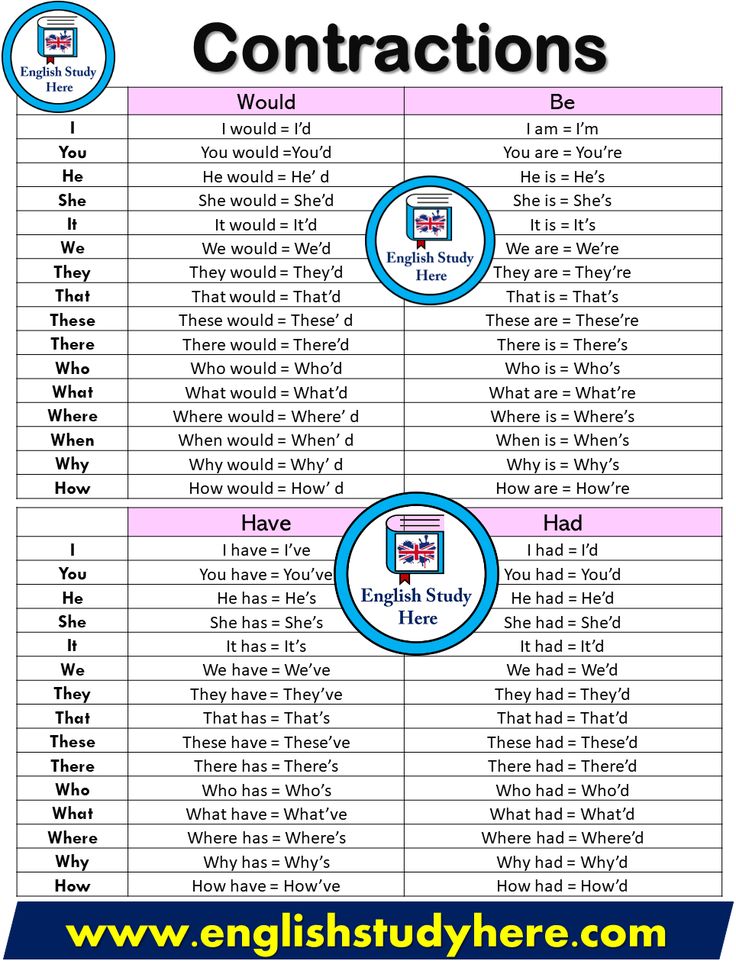
What you can do in active labor:
- Make sure the hospital staff has a copy of your birth plan.
- Try to stay relaxed and not think too hard about the next contraction.
- Move around or change positions. Walk the hallways in the hospital.
- Drink water or other liquids. But don’t eat solid foods.
- If you’re going to take medicine to help relieve labor pain, you can start taking it now. Your choice about pain relief is part of your birth plan.
- Go to the bathroom often to empty your bladder. An empty bladder gives more room for your baby’s head to move down.
- If you feel like you want to push, tell your provider. You don’t want to start pushing until your provider checks your cervix to see how dilated it is.
Transition to the second stage of labor
This can be the toughest and most painful part of labor. It can last 15 minutes to an hour. During the transition:
- Contractions come closer together and can last 60 to 90 seconds.
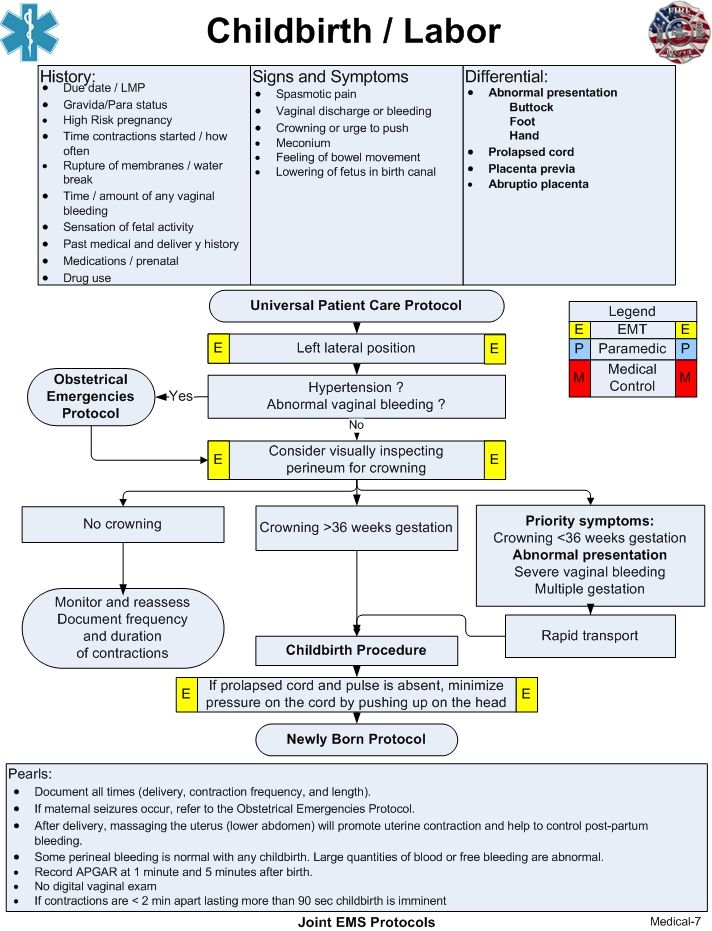 You may feel like you want to bear down.
You may feel like you want to bear down. - You may feel a lot of pressure in your lower back and rectum. If you feel like you want to push, tell your provider.
What happens in the second stage of labor?
In the second stage of labor, your cervix is fully dilated and ready for childbirth. This stage is the most work for you because your provider wants you to start pushing your baby out. This stage can be as short as 20 minutes or as long as a few hours. It may be longer for first-time moms or if you’ve had an epidural. An epidural is pain medicine you get through a tube in your lower back that helps numb your lower body during labor. It's the most common kind of pain relief used during labor. The second stage ends when your baby is born.
During the second stage of labor:
- Your contractions may slow down to come every 2 to 5 minutes apart. They last about 60 to 90 seconds.
- You may get an episiotomy. This is a small cut made at the opening of the vagina to help let the baby out.
 Most women don't need an episiotomy.
Most women don't need an episiotomy. - Your baby’s head begins to show. This is called crowning.
- Your provider guides your baby out of the birth canal. She may use special tools, like forceps or suction, to help your baby out.
- Your baby is born, and the umbilical cord is cut. Instructions about who’s cutting the umbilical cord are in your birth plan.
What you can do:
- Find a position that is comfortable for you. You can squat, sit, kneel or lie back.
- Push during contractions and rest between them. Push when you feel the urge or when your provider tells you.
- If you’re uncomfortable or pushing has stopped, try a new position.
What happens in the third stage of labor?
In the third stage of labor, the placenta is delivered. The placenta grows in your uterus and supplies your baby with food and oxygen through the umbilical cord. This stage is the shortest and usually doesn’t take more than 20 minutes.
During the third stage of labor:
- You have contractions that are closer together and not as painful as earlier. These contractions help the placenta separate from the uterus and move into the birth canal. They begin 5 to 30 minutes after birth.
- You continue to have contractions even after the placenta is delivered. You may get medicine to help with contractions and to prevent heavy bleeding.
- Your provider squeezes and presses on your belly to make sure the uterus feels right.
- If you had an episiotomy, your provider repairs it now.
- If you’re storing your umbilical cord blood, your provider collects it now. Umbilical cord blood is blood left in the umbilical cord and placenta after your baby is born and the cord is cut. Some moms and families want to store or donate umbilical cord blood so it can be used later to treat certain diseases, like cancer. Your instructions about umbilical cord blood can be part of your birth plan.
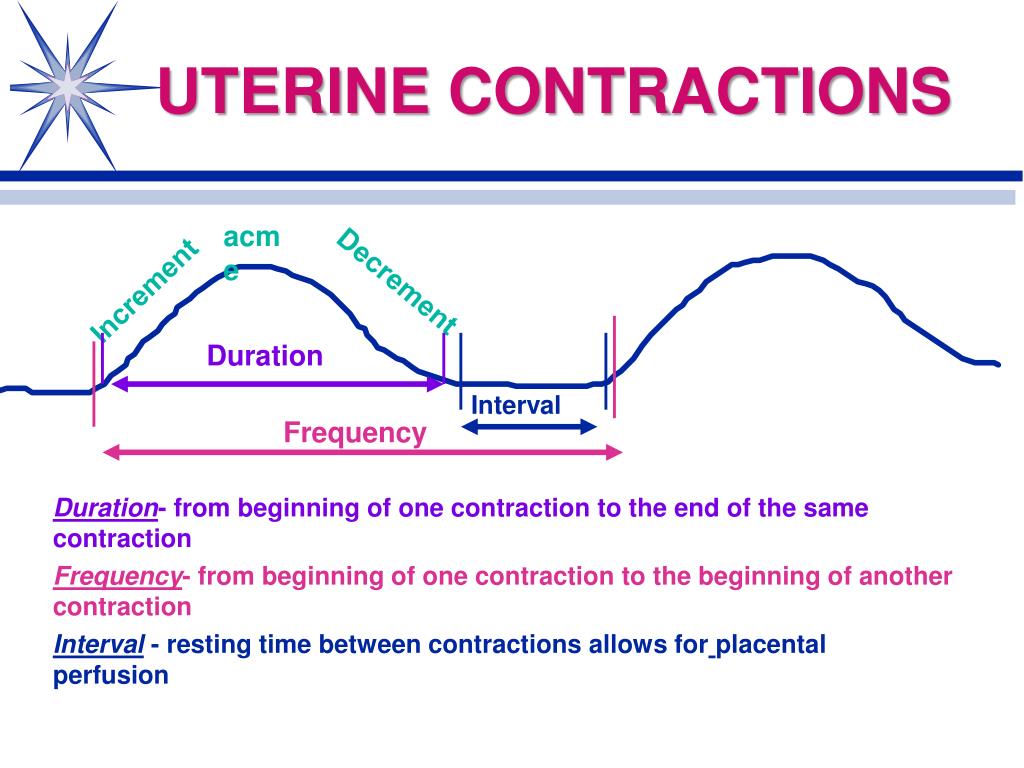
- You may have chills or feel shaky. Tell your provider if these are making you uncomfortable.
What happens after your baby is born?
Congratulations! It’s time to hold your baby! Right after birth your provider places your baby skin-to-skin on your chest and covers him with a blanket. Holding your baby skin-to-skin helps your baby stay warm as he gets used to being outside the womb. It’s also a great way to get started breastfeeding. You can start breastfeeding even within an hour of your baby’s birth. Even if you don’t plan to breastfeed, hold your baby skin-to-skin so you get to know each other right away. Your baby will welcome your gentle touch, and this closeness can help you and your baby bond.
After birth, your body starts to change to help you heal. Your provider takes your temperature and checks your heart and blood pressure to make sure you’re doing well. If you had anesthesia during labor, your provider makes sure you’re recovering without any complications.
Last reviewed: March, 2019
Contractions before childbirth ᐈ When to go to the hospital
What is a contraction?
Contractions are regular and uncontrolled spasmodic contractions of the uterine muscles. They occur with a certain frequency and are characterized by increasing dynamics and intensity. With their help, there is a softening, thinning and opening of the cervix. Contractions help move the baby through the birth canal.
This is the first and longest period of labor. If a woman gives birth for the first time, then the contractions last 10-12 hours, and for those giving birth - 7-10.
False contractions
Practice contractions or precursors may occur shortly before the due date. In primiparas, they occur somewhere in two weeks, and in multiparous ones - in a few days. As a rule, false contractions occur at night and, in terms of symptoms, resemble contractions or attempts. They are also characterized by irregular aching pains in the lumbar region or lower abdomen, which can radiate to the perineum and bladder.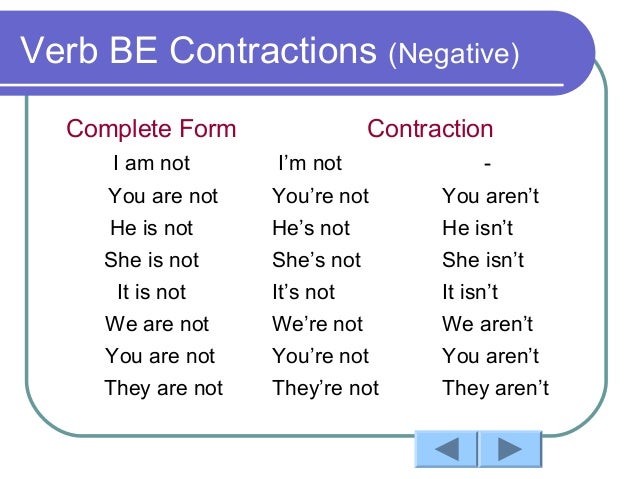 Sometimes false contractions feel like pushing. The woman feels a contraction of the rectus abdominis and pelvic floor muscles, as well as the urge to defecate. As a rule, with the onset of morning, all disturbing symptoms disappear. The period of training contractions is important and necessary, because it helps to soften the uterus and prepares the pregnant woman's body for the birth process. Although during this period the cervix does not open.
Sometimes false contractions feel like pushing. The woman feels a contraction of the rectus abdominis and pelvic floor muscles, as well as the urge to defecate. As a rule, with the onset of morning, all disturbing symptoms disappear. The period of training contractions is important and necessary, because it helps to soften the uterus and prepares the pregnant woman's body for the birth process. Although during this period the cervix does not open.
How can you tell false contractions from real ones?
This question worries all expectant mothers. The main distinguishing feature of training bouts is that they occur chaotically, randomly, with different intervals and strengths. In addition, when choosing a comfortable position, the pain in a false contraction slows down or disappears, while in a real fight, choosing a comfortable position does not relieve spasms. More often, a pregnant woman with false contractions doubts whether these are contractions.
Signs of real contractions a woman will not confuse with anything:
- spasms occur at predictable intervals;
- they increase and become stronger and more frequent;
- pain from the lower back goes forward and down to the groin area;
Phases of the development of contractions
There are three phases: initial or latent, active and transitional .
Each of them is characterized by a certain time duration, intervals between contractions and the degree of dilatation of the cervix. It is important already at this stage to count the contractions and note their frequency.
Some women prefer to use the contraction counter app for convenience. Such an application will tell you how to breathe during contractions, help you analyze the frequency and duration of contractions, and determine when it's time to go to the hospital.
Initial phase lasts 7-8 hours. The first contractions are short, 10-15 seconds each, and between them there are long intervals of up to 30 minutes. Sometimes the contractions of the latent phase are practically not noticeable, they can even be overlooked or overslept. At this stage, women can calmly complete the work they have begun and start collecting. By the end of the initial phase, the duration of the contraction becomes 30-50 seconds, and the intervals between them are 5-10 minutes. The cervix is usually dilated by 3 cm.
The cervix is usually dilated by 3 cm.
But these figures are not absolute. Sometimes the initial phase is delayed, and the process of opening the uterine os still does not occur. In this case, a woman has to be patient and try to alleviate the contractions with the existing non-drug methods of pain relief, which were discussed at the School of Future Parents classes: breathing, choosing a comfortable position, warm showers, nipple stimulation, massages and exercises.
Active phase. When spasms already occur every 5-10 minutes and last for 40 seconds, it's time to go to the hospital. The active phase in those who give birth for the first time can last up to 5 hours and end with the opening of the cervix by 7-10 centimeters.
If contractions resume every 2-3 minutes, an ambulance should be called immediately.
Transitional phase or deceleration phase occurs when the uterine os is completely open, and the intervals between contractions are reduced to 2-3 minutes. Gradually, the breaks between contractions become shorter than the contractions themselves.
Gradually, the breaks between contractions become shorter than the contractions themselves.
This is the time when contractions are replaced by pushing.
We have given a description of the standard contraction process. Far from always and not for everyone, the process develops exactly according to this scheme. Therefore, if the situation gets out of control, you need to call your doctor. He will certainly help.
May your contractions be painless and your birth happy.
Stages of childbirth. From the first contraction to the birth of the baby
Experienced women in labor joke: “Don't worry, you won't miss the birth and you won't make a mistake!” But the young mother is still worried: what awaits her when the baby decides to be born?
First period: Labor
This is the longest period of labor. Usually at the birth of the first baby, it lasts from 7 to 12 hours.
How do you feel?
The birth process starts in different ways. Most women experience aching sensations in the lower abdomen, which gradually turn into distinct uterine contractions. The frequency and strength of these contractions is increasing. The very first contractions take place at intervals of 10-15 minutes for 15-30 seconds and they are slightly noticeable, immediately before birth they last for 60-90 seconds with an interval of 1-3 minutes. The main sign of the onset of childbirth, in contrast to the preparatory contractions, is the intensification of sensations during the contraction. In some women, the birth process begins with the fact that amniotic fluid is poured out, and only then contractions begin.
Most women experience aching sensations in the lower abdomen, which gradually turn into distinct uterine contractions. The frequency and strength of these contractions is increasing. The very first contractions take place at intervals of 10-15 minutes for 15-30 seconds and they are slightly noticeable, immediately before birth they last for 60-90 seconds with an interval of 1-3 minutes. The main sign of the onset of childbirth, in contrast to the preparatory contractions, is the intensification of sensations during the contraction. In some women, the birth process begins with the fact that amniotic fluid is poured out, and only then contractions begin.
What's going on?
Preparing for childbirth, the cervix becomes softer. During contractions, it gradually opens up so that the baby can be born. The hormone oxytocin and prostaglandins, which are produced in response to the “Start the birth process” command, help her in this.
What is the baby doing?
Baby feels unusual discomfort. He is sensitive to the state of his mother and experiences similar feelings: if his mother is alarmed, he receives his dose of her stress hormones. If the mother is calm, then he is easier to endure childbirth.
He is sensitive to the state of his mother and experiences similar feelings: if his mother is alarmed, he receives his dose of her stress hormones. If the mother is calm, then he is easier to endure childbirth.
How to behave?
The ideal birth takes place in a state of complete rest. In order for oxytocin to do its job, a woman needs to relax and turn off her head. That is why in traditional obstetrics it is customary to exclude bright light, loud sound, extraneous interference in the course of childbirth - everything that makes a woman experience stress and emerge from her cozy little world.
Usually, at the very beginning of labor, the mother wants to lie down and fall asleep - this is a normal reaction. In the future, she may want to move or take the most unexpected position: some want to stand on all fours, others hang on the back of a chair, on a horizontal bar, or with the support of a person who helps in childbirth. Obstetricians believe that a woman should follow the dictates of her body.
How do you feel about different labor control techniques, such as counting breaths? Purely individual. If you want to breathe according to the scheme, well, perhaps this is how it is easier for you to relax (by performing monotonous mental operations). But don't force yourself. The same applies to massage, which is taught in courses for pregnant women. Point out to your assistant in childbirth the area on the sacrum, the massage of which brings relief, tell him with what strength and intensity you need a massage. If you don't want to be touched, that's okay too.
Who will help?
An experienced midwife can provide peace and security to a woman, who will act as a buffer between the mother and the outside world, as well as calm her, instilling a sense of confidence. There are also many natural painkillers: acupressure, aromatherapy, etc. At the same time, a warm bath is an ideal and favorite method for women. In the bath, muscles relax and stress levels are reduced - this is exactly what is needed for calmness and the natural course of childbirth.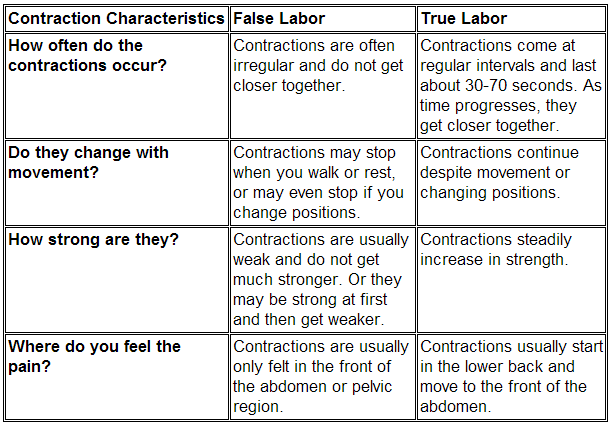
Second period. Attempts
During contractions, a woman feels detached from reality, but not so much as to “fall out of this world” completely. The closer the birth, the more detached she becomes. The duration of the push is very individual.
How do you feel?
Before that, you were lying, standing, walking, etc., but here you want to bend your legs in a fight and at the same time grab onto someone or something. A woman may want to squat down, she has a feeling that the chair is moving away. Many begin to make a rather loud, deep sound, similar to throat singing. A woman, seemingly weakened by long contractions, has a surge of strength.
What's going on?
The cervix has opened and the baby begins to move through the birth canal. At this stage, the bones of the mother's pelvis and the baby's head adjust to each other.
What is the baby doing?
It's not easy for a kid.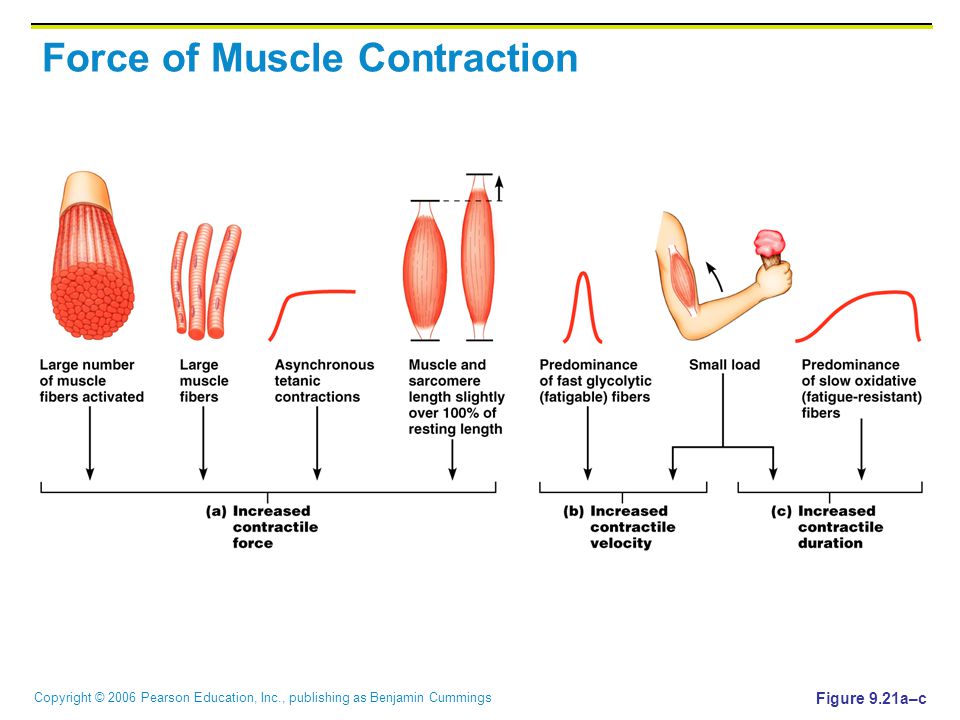 Its head "squeezes" through a rather narrow passage. The skull of the baby is not hard, so it can change its shape for easier passage through the birth canal.
Its head "squeezes" through a rather narrow passage. The skull of the baby is not hard, so it can change its shape for easier passage through the birth canal.
How to behave?
Listen to your body. Any painful sensation is a signal that the baby will be comfortable if you, obeying the command of the body, change position. It happens that contractions during this period fade for a while - this is not scary, so your body is preparing for the final chord.
Michel Auden writes in her book "Birth Reborn": "Many women give birth in a mechanically effective supported squatting position, as it maximizes the baby's downward pressure along the birth canal, minimizing the necessary muscle tension and oxygen consumption, provides maximum relaxation of the muscles of the perineum ... A woman can choose another position: facing him, spreading her legs wide. This position, in which the woman's legs are off the ground from time to time, is also very useful. It helps to relax the abdominal and perineal muscles, which helps the baby to descend through the birth canal. ”
”
Who will help?
Childbirth assistant in this period supports the woman not only morally, but also physically. Even if a woman gives birth in an ordinary maternity hospital on a chair, she has a desire to try to lift the body, as if to fold in half. An assistant can support her under her back. Forcibly, on command, it is necessary to push the child out only if it is necessary to speed up the birth and the child needs help. The task of the midwife is not to demand “push!” like in a comedy series, but to give a woman an attitude like "let your child go out."
Third period: Birth
The baby is born - this is the most joyful period of childbirth.
How do you feel?
You have absolutely no control over the process. The expulsion of the fetus is a powerful reflex that is triggered as soon as the baby is ready.
What's going on?
A powerful surge of adrenaline makes the uterus literally push the baby out.
What is the baby doing?
He feels fear and discomfort. He expects the new world to meet him with love and tenderness.
How to behave?
Everything happens by itself. The main thing is not to start forcibly actively pushing the baby ahead of time. Let his head be ready to “emerge” and come out gradually. When the baby arrives, you will be overcome by a strong feeling of love. Let them put a baby on your stomach: admire it, hug it. This is how the strongest feeling of affection between mother and baby is formed.
Who will help?
The midwife will take the baby into her good hands. Agree in advance that you and the baby will not be separated if there are no fears for the health of the crumbs. Agree that the umbilical cord should not be cut immediately after the baby appears, but when it stops pulsing. Have your baby help you to breastfeed as soon as he gets a little comfortable (about 15 minutes).

